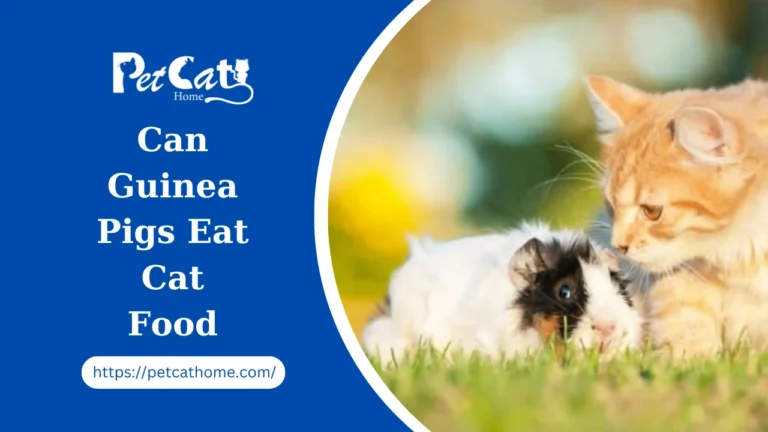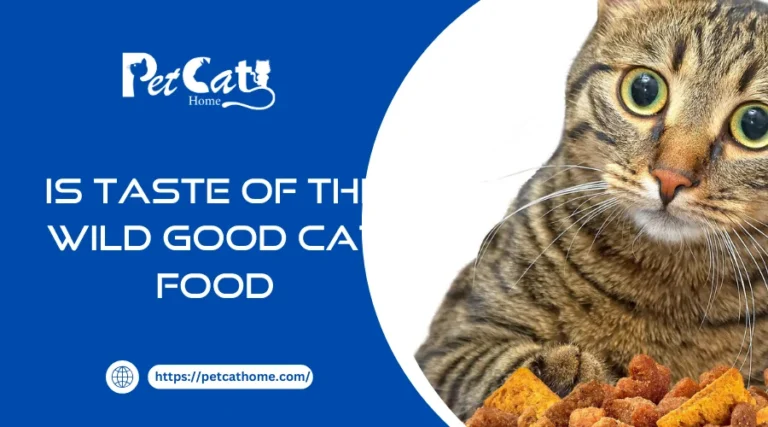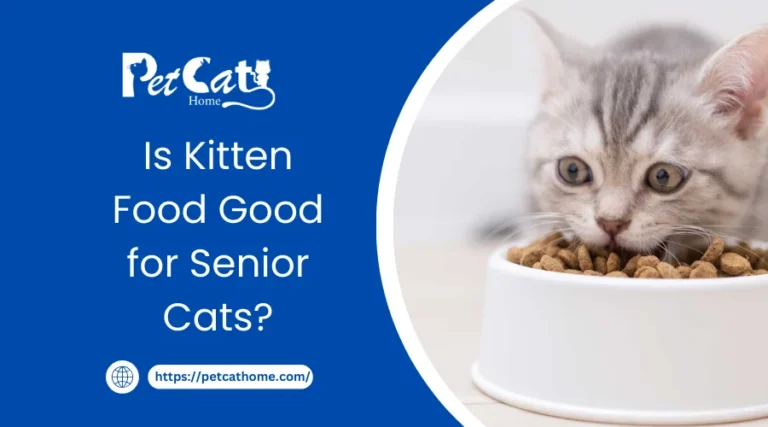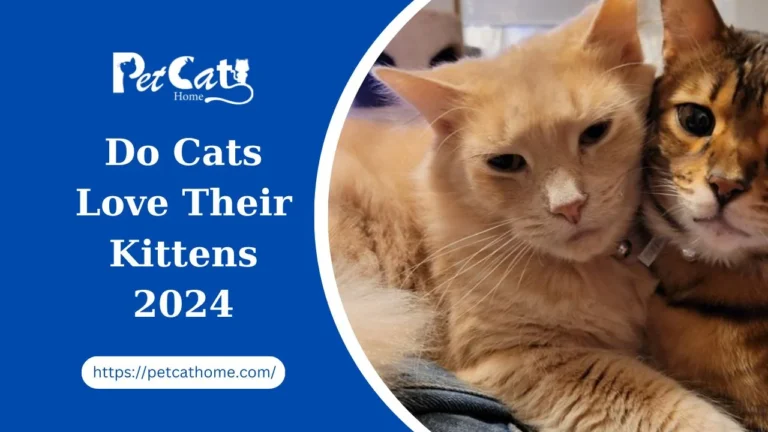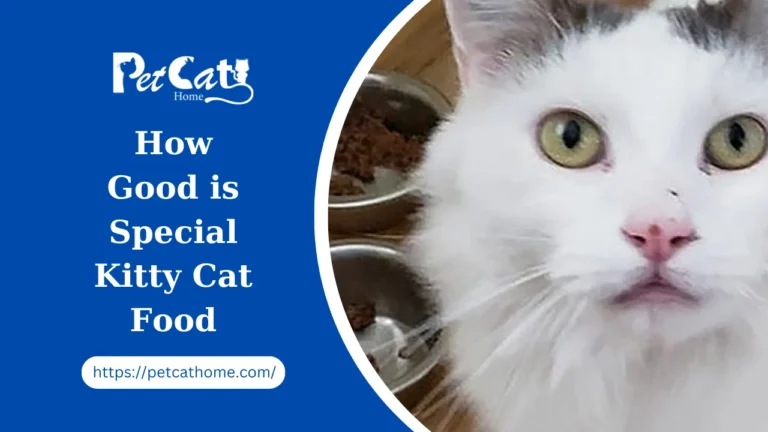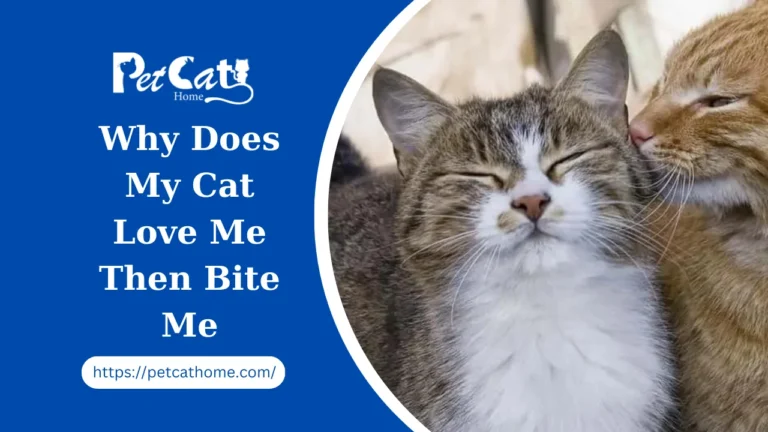how to keep cat food fresh
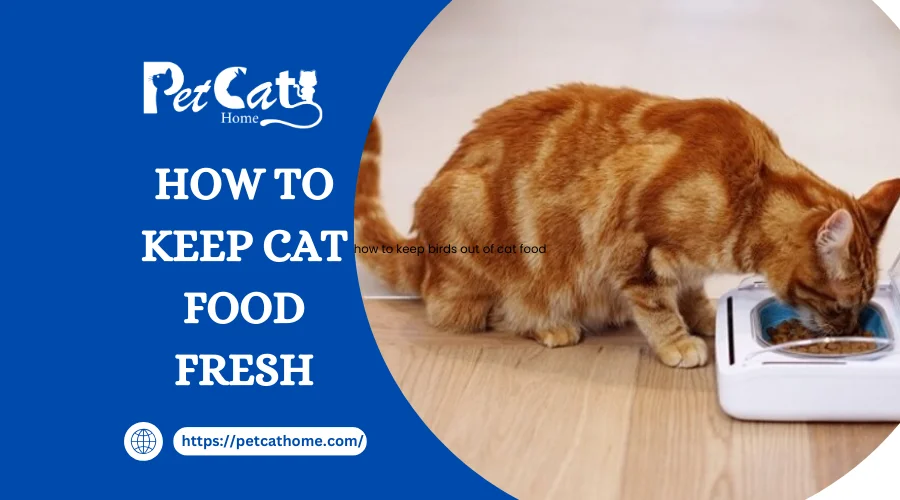
You’ve looked into the dietary requirements of your cat food contrasted brands, and picked the best choice for your beloved pet. The challenge now becomes, “How best to store the food so that it remains wholesome and fresh for as long as possible?”
Let’s first take a step back. A “best by” or “best before” date ought to be printed somewhere on the bag or can of every cat food. Buy bags or cans with dates as far into the future as you can whenever possible. You are purchasing the freshest food available when you make this purchase. However, keep in mind that these dates are not always accurate. Food does not go bad the day after it has passed its “best by” date, even if the packaging has been tampered with.
could deteriorate considerably faster.
Before you buy, examine the packaging to make sure the cans aren’t bulging or leaking and the bags are intact. Once you’re home, exercise common sense. Your cat should not be fed from a bag or can if the food appears or smells “off” or if it seems reluctant to eat. Respected pet food producers will stand behind their goods and provide a money-back guarantee.
Storing Dry Cat Food
Once the food is at home, how you treat it can significantly impact how long it stays fresh and retains its optimal nutritional value. Foods deteriorate more quickly when exposed to air, light, heat, and humidity. Dry foods should be kept in their original container to minimize these impacts. Top-notch cat food bags are made to withstand the weather. Gently open the bag to enable rolling and secure the top with a clip, or reseal the packaging in any other way, between usage.
Cat food can also be protected from the weather and insects, mice, and other vermin by placing it inside plastic, glass, or metal bins; however, owners should keep the food inside of the container in its original bag instead of rather of just adding the kibble in. The bag or container should be kept off the ground in a dry, cold place.
It is best to eat dry food within six weeks of opening the bag, so make sure to choose the right size for your needs. You can leave kibble in bowls for about a day, but don’t give them more than they should eat in a day. Greater meals increase the danger of overeating and obesity in cats and make it harder for you to control your cat’s appetite. Dry food dishes should be cleaned with hot, soapy water at least once a week.

Storing Canned Cat Food
When kept in a cold, dry place, an unopened can of cat food will last for years; however, only purchase as many cans as you can consume before they expire. Canned food should only be kept in the refrigerator for seven days after it is opened. Freeze single-serve portions and thaw them as needed if you do not think you will consume the entire can in that amount of time.
After four hours, opened canned food that has been left at room temperature should be thrown out. Before you refill the bowl, clean it.
You’ve invested a sizable sum of money in cat food. Don’t allow poor storage to jeopardize the health and welfare of your cat.
Storage Tips For Keeping Pet Food Fresh
Have you ever wondered why your dog or cat used to enjoy a certain food, but now they are refusing it? They’re probably attempting to alert you to the fact that something about their food is off. Most likely, this is a result of how information has been stored.
Pet food can become rancid when it comes into contact with oxygen from the air, much like human food does. Dogs and cats may turn up their noses at this since it may taste and smell strange.
The rate at which food goes rancid increases with the amount of air it is exposed to and the temperature at which it is kept. Fortunately, there are a few simple strategies to halt this process, so meals is simply fantastic.
Smart pet food storage to the rescue
Keep it airtight
It’s preferable to utilize the bag’s seal to keep any air from seeping in after feeding and to push out as much air as you can. If the seal on your pet food is broken or missing, you can follow the same procedure using a clip to seal the bag.
Choose a container
Place the tightly closed bag inside a storage container. It is preferable to store the food in the bag for maximum freshness as opposed to dumping it directly into the container. It’s crucial to utilize an airtight storage container made of stainless steel, such as our K9 Natural and Feline Natural models, which are non-toxic and non-reactive. Reusing glass jars from your kitchen cabinet for pickles or spaghetti sauce is another fantastic substitute. They’ll also prolong the freshness and nutritional value of the food your four-legged buddies eat. Just remember to always give the container a good cleaning before adding a fresh bag.
Location, location, location
Food can get quite warm in the shed or garage, so it might not be the best idea to store it there. Store your pet food in a cold, dry, dark spot, like your laundry room or kitchen pantry, to keep it safe.
So, there you have it.
Several straightforward steps to maintain the freshness and deliciousness of your pet food. Dinnertime will never provide a challenge. particularly when giving your cat or dog delicious treats from K9 Natural and Feline Natural!
- Store in airtight containers: Place the cat food in airtight containers after removing it from its original package. This aids in keeping moisture and air out of the food, which can cause spoiling.
- Avoid light and heat: Cat food should be kept out of direct sunlight and heat sources in a cool, dry place. Bacterial growth and the degradation of dietary nutrients can both be accelerated by exposure to light and heat.
- Follow storage instructions: Observe any particular storage guidelines that may be included on the cat food packaging. After being opened, some items might need to be refrigerated or stored in a cool environment.
- Rotate stock: When purchasing cat food in large quantities, be careful to switch it around so that the oldest food is consumed first. By doing this, you can make sure your cat is always eating the freshest food available.
- Monitor for signs of spoilage: Watch out for any indications that the cat food is spoiling, such as an unpleasant smell, the growth of mold, or variations in texture or color. You should throw away the food right away if you see any of these symptoms.
Keeping Moist Food Fresh With the SureFeed Sealed Pet Bowl
If your cat is as slow-moving as Pierre, you might want to always have food available for him so that he has something to eat should he decide to take a few more bites. Unfortunately, because dry food doesn’t spoil as quickly, most people who leave food out for hours on end choose to utilize it. The issue is that dry food isn’t healthy for your feline.
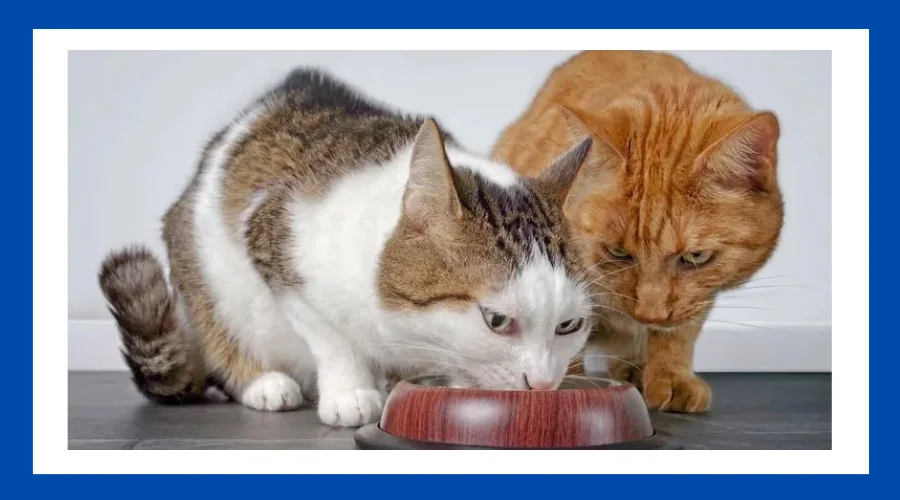
We thought this would be the solution to the problem of keeping food fresh for slow eaters, so we had to check it out when our friends at SureFlap offered to let us try their sealed pet dish that shuts over the contents of the bowl to keep it fresh.
Why is Moist Food Important?
Let’s talk about moisture first. Your cat must stay hydrated, and as they age, they are likely to require even more of it.
This portion of a dry food bag’s contents label is shown here. Examine the level of moisture:
This is the moisture content of a cat food can that I had stored on my Pierre’s canned food shelf. That has a lot more wetness!
Because there is less moisture in dry food, cats that eat it must drink a lot of water, and many don’t consume the recommended amount. Canned food is consumed by cats as part of their dinner!
So why is kibble fed by so many people? Convenience is the deciding factor in many situations, and I get that—trust me! This is what happened when I fed my kitties canned food for the first time; it sat about for a long time.
When you notice the brownish, dried-out sections, would you remark, “Yuck”? Also me! Cats also don’t like it. It can be a serious issue if your cat is a sluggish eater and would rather eat a little bit here and a little bit there (Pierre, I’m looking at you). For this reason, many people give up on giving canned food and return to dry kibble.
Keeping Moist Food Fresh with the SureFeed Sealed Pet Bowl
What if your butler stood by your cat’s dish, covered it with cling film when your cat went away, and then removed it when your cat returned a short while later to ensure the food remained nice and wet when your cat felt like having another mouthful or two?
I have never had a butler, and if I do, I have some other errands for him to complete before I tell you about it. A bowl that can perform the same task for you around the clock is, however, even more useful than a butler. Pierre tested the SureFeed sealed pet bowl, and that’s what I discovered. It includes a bowl that features a silicone lip encircling the top, followed by a battery-operated bowl equipped with three motion sensor sides.
It opens up when it notices your cat getting close and then closes tightly again, which makes it quite neat. Simply observe. (If you are unable to see the video below, go directly to YouTube to watch it.)
You should use this bowl in a scenario when all of your cats are eating the same food, as you can see because it doesn’t restrict access to just one cat. SureFeed does produce a bowl that only allows one cat to use it. You may read more about it here.)
You may progressively acclimatize your cat to things moving on their bowl in a limited motion by using the training mode feature on the bowl. Pierre has spent the last eight months or thereabouts eating from a SureFeed microchip bowl.
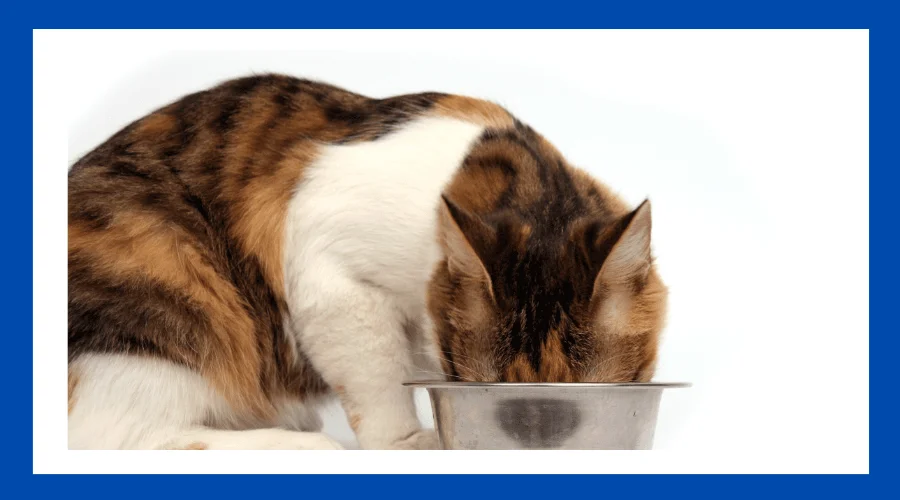
This bowl didn’t require the introduction process, but with his prior bowl, he picked up the skills in less than a week using the same methodical approach.
This bowl is indeed incredibly silent. I’m used to hearing Pierre finish his meal and move away from his regular bowl from my desk across the room, but the SureFeed sealed pet bowl is so silent that I can’t hear it from across the room.
SureFeed Sealed Pet Bowl Does Keep Moist Food Fresher
I was a little dubious about how well the SureFeed sealed pet bowl preserved food. Really, how airtight could that hinged top be? I left it in my spare bathroom after setting half of a can of cat food on a saucer and the other half in the SureFeed dish.
As you recall, several of you were curious as to what was behind the locked door when Newton and Pierre objected to it in the last post. The pictures showed angry cats who, during the nine hours that the food was left in the bathroom for the test, could smell it on the open saucer. Given how good a sense of smell cats have, perhaps the two of them
I was also able to smell the food within the sealed SureFeed bowl, but when the bowl is closed, I can’t smell it. The lid sits tightly over the bowl, against the silicone lip, keeping scents in and flying insects out when it’s closed.
What was the level of freshness maintained by the SureFeed bowl? The food that was sealed in the SureFeed sealed feeder for that length of time appeared wet and fresh, in contrast to the food that was left out on the plate for hours, which developed black, crusty sections from air exposure.
I thought the food would seem a little more worn out, so I was shocked to see how fresh it looked because of how effectively the bowl sealed it.
For slow-eating cats, fresher food must be healthier, so that’s a win-win situation for everybody.
Why is it crucial to maintain fresh cat food?
It’s crucial to keep cat food fresh for several reasons. First and foremost, fresh food keeps its nutritional content, guaranteeing that your cat gets the vital elements they require for good health. Food that has gone bad or is stale may be deficient in vital nutrients, which could cause your cat’s health issues.
Fresh cat food also tastes better for your kitty companion. Due to their sophisticated palates, cats sometimes won’t eat food that has gone bad or stale. You can ensure your cat eats well and keeps an appetite by making sure their food is fresh.
Why is it crucial to maintain fresh cat food?
A1: There are various reasons why it’s crucial to keep cat food fresh.
Nutritional Value: Fresh cat food keeps its nutrients intact, guaranteeing that your cat gets the vital nutrients they require.
Palatability: Cats find fresh food more enticing, which motivates them to eat and keep a healthy appetite.
Preventing spoilage: Fresh food lowers the possibility of bacteria growing and rotting, which can make cats sick.
How can I keep cat food fresh in storage?
A2: To properly store cat food, adhere to the following guidelines:
Use Airtight Containers: To keep cat food safe from moisture and air exposure, move it from its original packing into airtight containers.
Keep in a Dry, Cool Environment: Food for cats should be kept out of the sun and heat to prevent spoiling.
Observe the Storage Guidelines: Follow any special storage instructions—such as the need for refrigeration after opening—that are included on the packaging for the cat food.
Is it possible to combine fresh and old cat food?
A3: To keep freshness and prevent contamination, it is recommended to avoid combining old and new cat food. To ensure maximum quality, finish older food before opening a fresh item.
How often should I check the freshness of the food my cat is eating?
A4: Consistently check your cat’s food for spoiling indicators, such as:
Visual Inspection: Check for any odd textures, discolorations, or mold.
Examine the meal using your nose to detect any strange smells.
Rotation timetable: To avoid food spoiling, set up a rotation timetable that uses older food first.
When I feed my cat rotten food, what happens?
A5: Giving your cat bad food can cause several health problems, such as:
Digestive Upset: Cats who eat spoiled food may have nausea, vomiting, or diarrhea.
Bacterial Infections: Eating rotten food can lead to food poisoning and bacterial infections.
Nutritional Deficiencies: Your cat’s health may be compromised by spoiled food if it is contaminated with hazardous bacteria or lacks important nutrients.
Conclusion
It’s essential to feed your cat fresh food for their overall health and well-being. You may guarantee that your cat gets wholesome nourishment free from infection or spoiling by using appropriate storage methods and often checking the food for freshness. Always use airtight containers, keep food in a cold, dry location, and periodically check for spoiling indicators. You may feed your kitty friend the greatest possible food for optimum health by emphasizing freshness.

